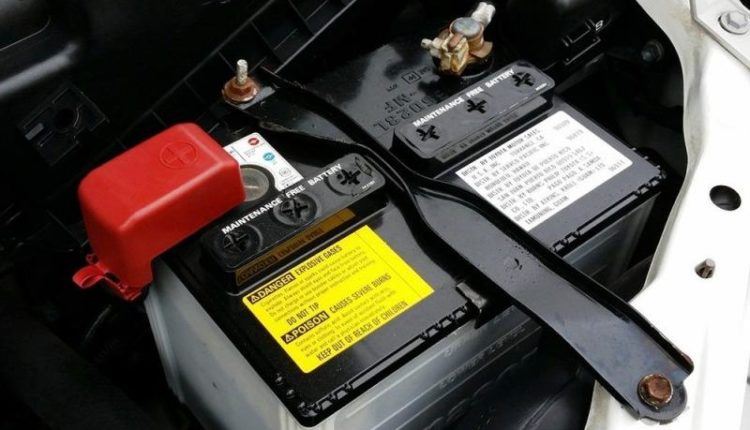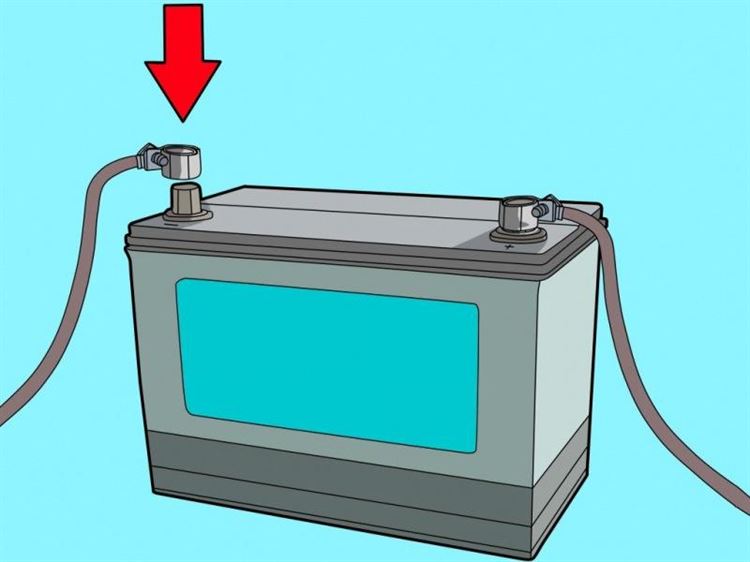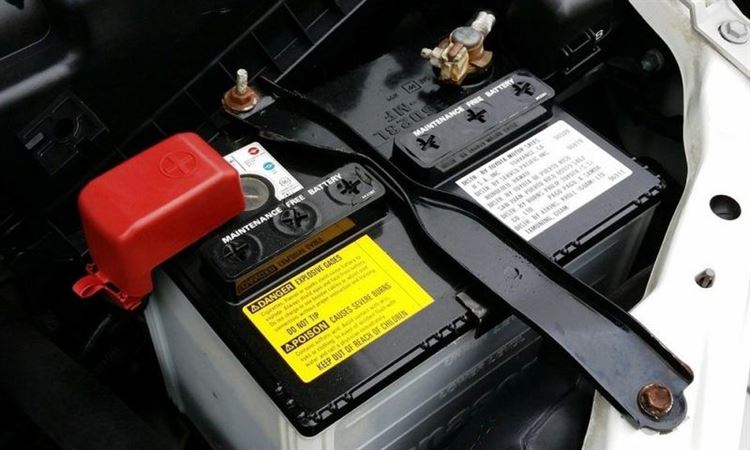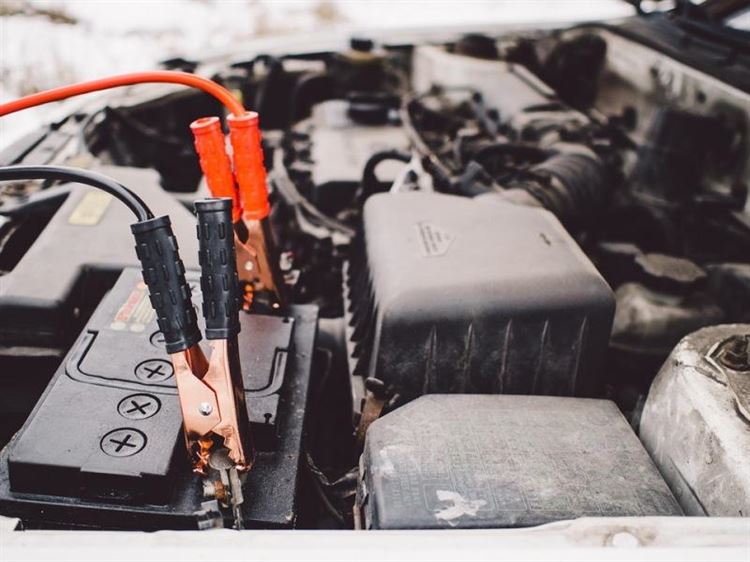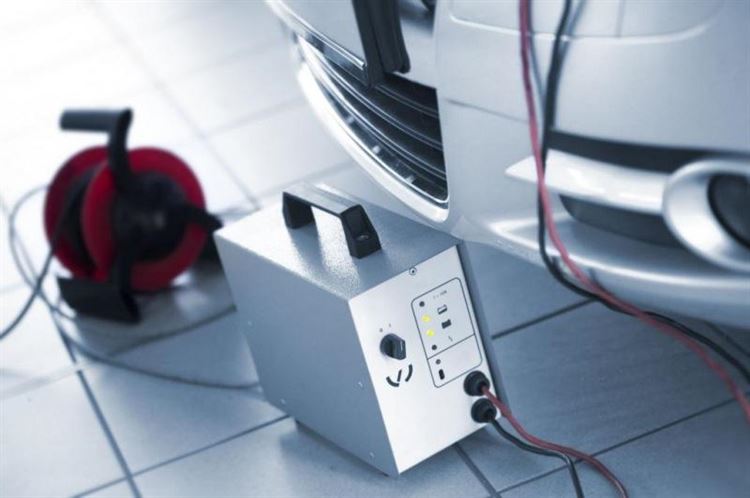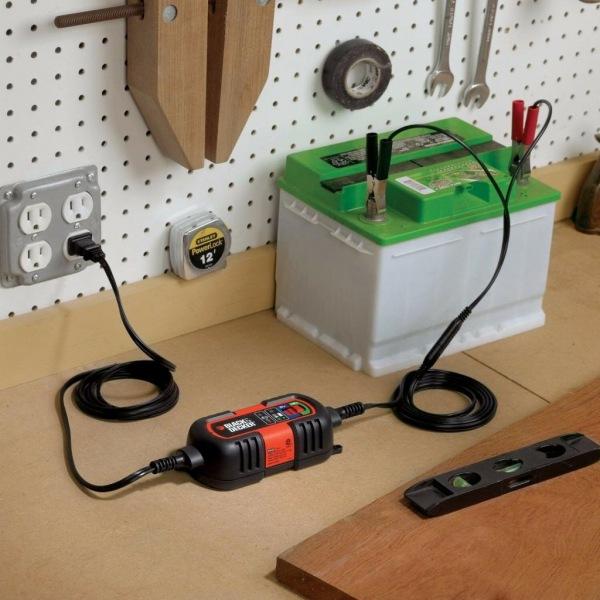Charging the battery: how many amps to put and how long to charge?
In order to properly charge a car battery, you do not need to have deep knowledge and special skills. The basic knowledge of physics that the school gives us will be enough. Therefore, to put everything into practice is within the power of any driver. At the same time, you should not neglect the instruction, since it is not only included in the battery kit. This will allow you to determine how many amps to charge the battery.
About what affects battery charge
While most rechargeable batteries are maintenance free, they still need to be recharged. And this largely depends on the operating conditions of the car. If you make trips over short distances with frequent stops, turning off the engine and restarting it, this negatively affects the actual battery capacity – it decreases.
In addition, the generator, or rather the mode of its operation, plays a fundamental role. This is especially true for older cars. The conclusion is that the generator gives its optimal characteristics only when it reaches 2000 rpm. In other words, the idle mode of the power unit cannot guarantee proper battery charge, especially when it comes to powerful consumers.
To find out how many amps you need to charge the battery, you need to do this anyway. And from time to time (at least before the onset of winter) it is necessary to charge the battery from another power source. And in this case, special devices are used.
General information about battery charging
Charging itself is usually done with direct current, alternating voltage is not good. Therefore, most chargers (chargers) contain the necessary rectifiers. But even here there can be nuances. In this case, you can use any other device that provides the desired voltage value with the ability to adjust the output parameters.
It should be noted right away that the recommendations given in the article apply only to acid batteries. For alkaline analogues, the rules are slightly different. But since most of the acid batteries are installed in cars, the question of how many amperes is needed to charge the battery in the future will be from them.
Charging preparation
Before starting the process, it is worth performing a number of additional and necessary steps. First you need to remove the battery from the car, not forgetting to unscrew its terminals. It is believed that the battery can be charged without removing the batteries or even leaving the terminals in place. However, it is better not to do this. The battery is a relatively heavy thing, but it is better to work hard and remove the battery.
Now you need to clean the battery from contamination. While he was under the hood, he could barely keep himself clean. Also, any battery (even maintenance-free) has a special valve through which the electrolyte evaporates (then condenses on the lid). It is worth adding other negative effects: sticking of dust, dirt, oil. Eventually, a conductive layer may form, which will increase the self-discharge of the battery.
Of course, you need to know how many amperes to charge a car battery (more on that later), but you should not neglect preliminary preparation. Therefore, to avoid many problems, the battery must be thoroughly cleaned before charging and possibly after. In order to get rid of many contaminants, you can purchase a special case for it while running on battery.
Battery Charging Options
Many drivers are interested in such a logical question, how long does it take to charge a car battery? To answer it, you should know that there are four main ways:
- Use of direct current.
- Constant voltage load.
- Combination.
- Accelerated process.
It is worth considering them in more detail, since each option has its own characteristics. Also, don’t forget about safety! The electrolyte contains sulfuric acid. Therefore, you need to be careful and it is better to work with gloves and glasses.
And it is not so important how many amperes to set to charge the car battery, but take into account that the procedure itself should be carried out in a well-ventilated area. This is due to the release of hydrogen. In this regard, near this place, any work related to an open flame and the formation of sparks (welding, cutting) is prohibited.
D.C
This technique is ideal when the battery is deeply discharged. Then you will get a more complete and uniform charge. The process itself, although long, can restore the battery capacity to the maximum. The bottom line is that the manipulation consists of several stages, while the current itself is kept at a constant level.
This option is not very convenient, since it is necessary to constantly monitor the charging process, as well as change the voltage and adjust the current strength. In other words, just turning it on and leaving it all for a while will not work. The principle of "turn on and forget" is not appropriate here! Also, the charger must be purchased with the ability to adjust the current strength.
The charging process itself
Now it’s time to get acquainted with how many amps to expose when charging the battery. Just for the process you still have to arm yourself with a multimeter.
In the future, proceed according to the following scheme:
- I stage. The current strength is set equal to 0.1 of the battery capacity (60 Ah – 6 A, 40 Ah – 4 A). It should be held until the voltage reaches 14.4 V. This is where the multimeter comes in.
- II stage. The voltage of 14.4 volts was not chosen by chance; in this case, the electrolysis of water increases and sharply. As a result, the molecules break down into oxygen and hydrogen. The current should be halved. That is, for 60 Ah – 3 A, 40 Ah – 2 A.
- III stage. When the battery reaches 15 volts, the current must be halved again (1.5 and 1 ampere, respectively). And here you need to check the voltage every one to two hours. And when it becomes constant and active gas emission is observed in the banks, the procedure can be considered completed.
As you can see, with this method of charging the battery, it is very difficult to say how long it may take. It all depends primarily on the degree of discharge, sulfation of the battery, its age.
How many amps are needed to charge the battery, we now know by this method. As for the sedimentation of calcium salts on the plates, it is simply impossible to avoid this phenomenon. Therefore, part of the battery capacity is lost. Therefore, the lower this setting, the faster the battery will charge.
Constant pressure
The process using constant voltage is relevant in the case of a small recharging. Many devices with this mode of operation operate automatically; it’s much easier and faster than the method above. In this case, you can already roughly estimate how much the battery will be charged, since the applied voltage affects the process:
- 14.4V: 12V battery charges up to 80% in 24 hours.
- 15V: The battery can be charged up to 90% in one day.
- 16 V – the percentage of charge can reach 95%.
- 16.3 V: In this case, the battery is fully charged.
How many amps should be when charging the battery in this case? The bottom line here is that throughout the process, the value of the current changes. Initially, when the battery is discharged, the value can reach several tens of amperes, but then the current decreases. This increases the internal resistance of the battery.
The convenience of this method lies in the absence of the need to control the current strength, the charger can do this on its own. And when the battery is charging, the device also spontaneously stops the process.
Combined variant
This technique is the most economical and efficient, since it combines the capabilities of the first two techniques. At the beginning of the process, the current remains constant, but the voltage changes. At the end of the charge, everything happens the other way around: now the potential difference remains constant, and the current gradually decreases. If you use an automatic machine, then you don’t even have to think about how many amperes to charge the battery.
In addition, this technique is optimal from the point of view of performing a qualitative process. Allows you to increase battery life. At the end of the procedure, the current is practically 0.
accelerated process
This method is good in cases where it is necessary to restore the battery capacity at least in one engine start. To do this, some chargers have a corresponding Boost mode. In this case, charging is carried out under the influence of increased current for 20 minutes.
If the device does not have such a mode, but there is an adjustment of the current strength, then the overload can be set independently. Only its value should not exceed 30% of the value during normal charging. How many amps to supply when charging a battery? For example, if it is usually 4 A, then the current in accelerated mode should not exceed 5.5 A. Otherwise, this will negatively affect the battery plates.
It’s also worth noting that boost charge mode should only be used in emergency situations, if you need to start the engine urgently. But after the trip, be sure to fully charge the battery in normal mode.
Gel batteries
Recently, gel batteries have become popular. Its main advantage is the fact that, despite the degree of discharge, the battery is able to deliver a higher current. This quality is simply irreplaceable in case of starting the engine in winter.
Another distinct advantage is that the battery is capable of powering the entire electrical network of the car until the battery capacity drops to 25% of a full charge.
Gel batteries have the same standard capacity: 60 Ah. As you know, in almost all lead-acid batteries, this parameter decreases due to repeated charging, which is associated with their design features. Gel batteries are more resistant to this procedure. Modern batteries can withstand up to 1000 charges. But at the same time you need to know how many amperes to charge the battery. And that is what we will be talking about next.
Features of charging gel batteries
Since gel analogs of lead-acid batteries are still at the stage of gaining popularity, they can not be charged at all service centers. In addition, there is one more difference from lead batteries, which can be charged with a voltage in the range of 14-16 V. You need to be very careful with modern gel power supplies, since they are characterized by a certain voltage threshold, which in no case should be set above 14 volt.
Battery charge control
By monitoring the process of charging the battery with a multimeter, you can get only a mediocre idea of u200bu200bwhat exactly is happening. Of course, you need to know how many amperes to charge the battery, but for more accurate information, it is worth measuring the density of the electrolyte. And for this you can not do without another device, which in any case should be in every driver. This is a hydrometer.
The density of the electrolyte must be measured in each bank, and the degree of charge should be estimated from the average value obtained. In addition, this function itself should be approximately the same for all containers. However, slight deviations are possible, which is normal.
The need for each of the ways to charge the battery
Now you can imagine how long the whole download procedure will take. Specifically, everything is determined by the state of the battery, the type of procedure used. Finally, a good recommendation can be made. How many amperes to charge the battery, we now know. There are no problems with the autoloader.
But it is worth noting another interesting point: when the charger is turned off, the battery can be left in this mode for storage. And while the battery is idle, the leakage current will contribute to the gradual discharge, and as a result, its internal resistance will decrease.
As needed, the charger will turn on and compensate for electrical losses. As a result, the battery will always be fully charged and ready for further use.
